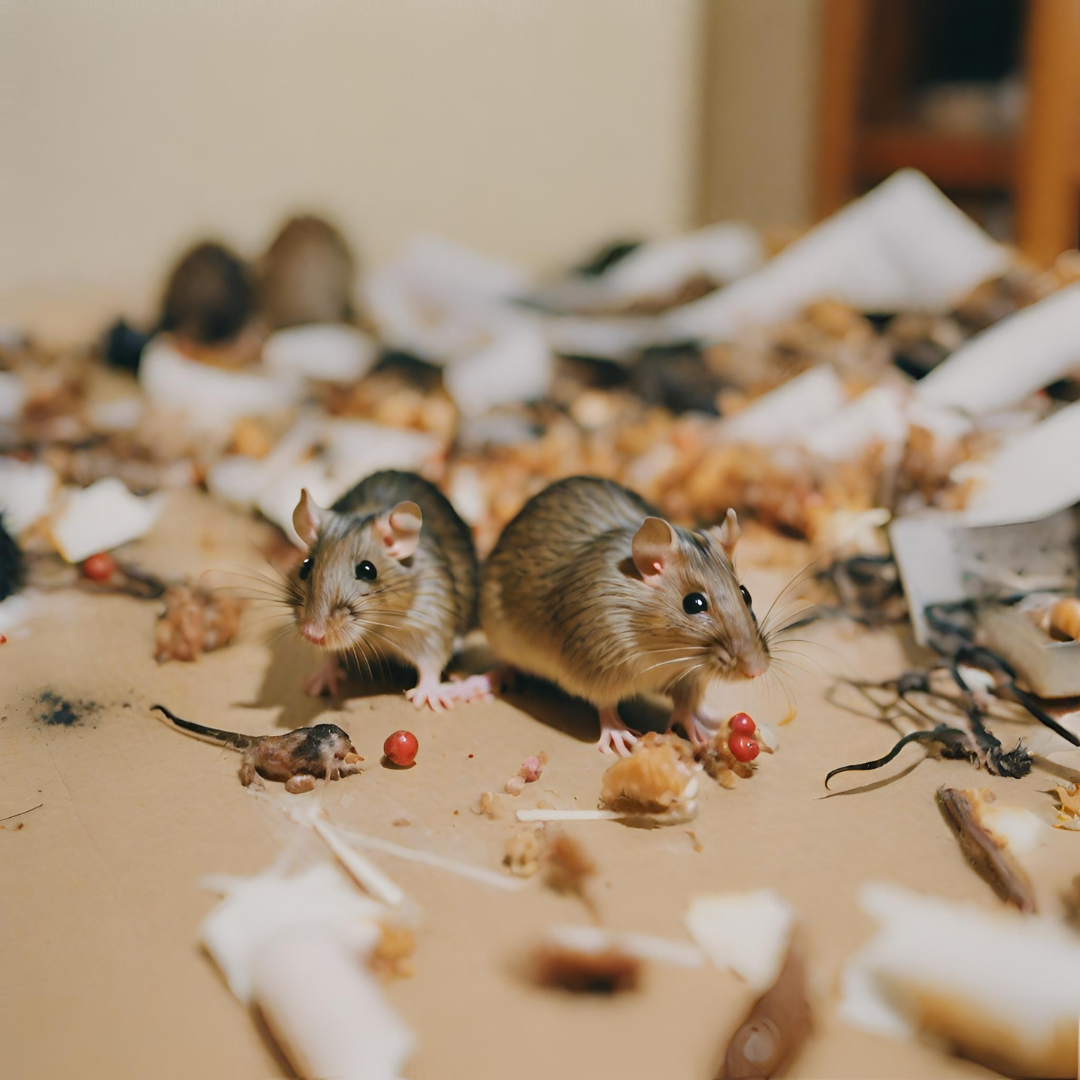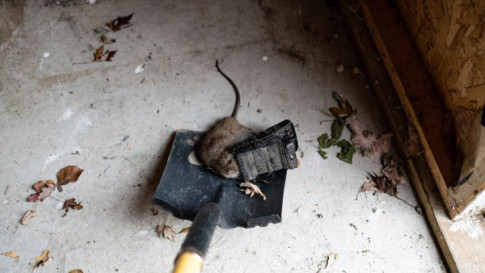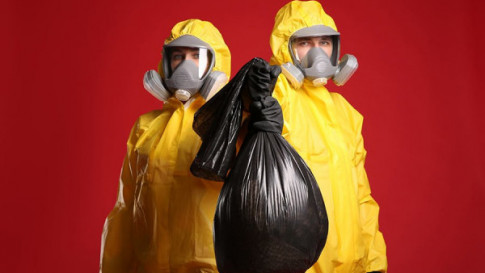What You Need to Know About Biohazard Clean up in Hoarding Conditions

What You Need to Know About Biohazard Clean up in Hoarding Conditions
Biohazard cleanup in hoarding conditions presents unique challenges that require specialized knowledge and skills. Hoarding involves the excessive accumulation of possessions, leading to clutter and potentially hazardous environments. When biohazards are involved, such as bodily fluids, mold, or animal waste, the cleanup process becomes even more complex. Here's what you need to know about biohazard cleanup in hoarding conditions:
1. Biohazardous Materials:
- Hoarding situations often involve the accumulation of biohazardous materials, including bodily fluids, blood, feces, and other potentially infectious substances. Cleanup professionals must be trained to handle these materials safely.
2. Risk of Contamination:
- The extensive clutter in hoarded environments can increase the risk of contamination. Professionals need to navigate through tight spaces and handle materials that may be contaminated with pathogens, posing health risks to themselves and others.
3. Personal Protective Equipment (PPE):
- Cleanup crews must wear appropriate personal protective equipment, including gloves, masks, goggles, and suits, to minimize the risk of exposure to biohazardous materials. PPE is crucial for ensuring the safety of the cleanup team.
4. Understanding Mental Health Dynamics:
- Hoarding is often associated with mental health conditions such as hoarding disorder. Cleanup professionals should be trained to understand the psychological aspects of hoarding and approach the situation with sensitivity and compassion.
5. Collaboration with Mental Health Professionals:
- Collaborating with mental health professionals is essential. Cleanup teams may need to work alongside therapists, counselors, or social workers to ensure a comprehensive approach that addresses both the physical cleanup and the underlying mental health issues.
6. Proper Cleanup Techniques:
- The cleanup process involves not only the removal of clutter but also the thorough cleaning and sanitization of surfaces. Professionals use specialized cleaning agents and techniques to ensure that biohazards are properly eliminated.
7. Mold Remediation:
- Hoarded environments are often conducive to mold growth due to the accumulation of moisture. Cleanup professionals should be experienced in mold remediation, which may involve removing contaminated materials and addressing the underlying causes of moisture.
8. Animal Waste Cleanup:
- In cases where hoarding involves animals, cleanup may include the removal of animal waste and addressing associated odors. Animal waste can pose health risks, and proper disposal is essential.
9. Waste Disposal Compliance:
- The disposal of biohazardous and contaminated materials must comply with local, state, and federal regulations. Cleanup professionals are responsible for ensuring proper disposal procedures and documentation.
10. Post-Cleanup Verification:
- After the cleanup is complete, professionals should conduct thorough inspections and verifications to ensure that all biohazards have been properly addressed. This step is crucial for the safety of future occupants.
11. Emotional Support for Occupants:
- Individuals affected by hoarding may experience emotional distress during the cleanup process. Cleanup professionals should be prepared to offer support and understanding, recognizing the challenges that individuals face.
12. Preventative Measures:
- Providing recommendations for preventative measures is essential to avoid the recurrence of hoarding and biohazardous conditions. This may involve educating occupants on maintenance practices and connecting them with ongoing support services.
Biohazard cleanup in hoarding conditions requires a multidisciplinary approach that integrates expertise in biohazard remediation, mental health, and compassion. Professionals must be well-trained, equipped with the right tools and protective gear, and collaborate effectively to address both the physical and psychological aspects of hoarding situations.
Latest news

Rat Cleanup Services in Arlington, Montclair, Ashburn, Crystal City, Lake Ridge, VA, and Foggy Bottom, D.C. Protect Your Property from Damage with Rodent Cleanup and Pest Infestation Cleanup.
Read More
Crime Scene Cleanup & Biohazard Cleanup in Washington D.C., Foggy Bottom. Frequently Asked Questions About Crime Scene Cleaners, Blood Cleanup, Hoarding Cleanup, and Murder Cleanup.
Read More
Biohazard Cleanup in Ashburn, VA, Washington D.C., and Dumfries, VA. Blood Cleanup, Hoarding Cleanup, and Crime Scene Cleanup: What It Is and Why Choosing the Right Team Matters.
Read More